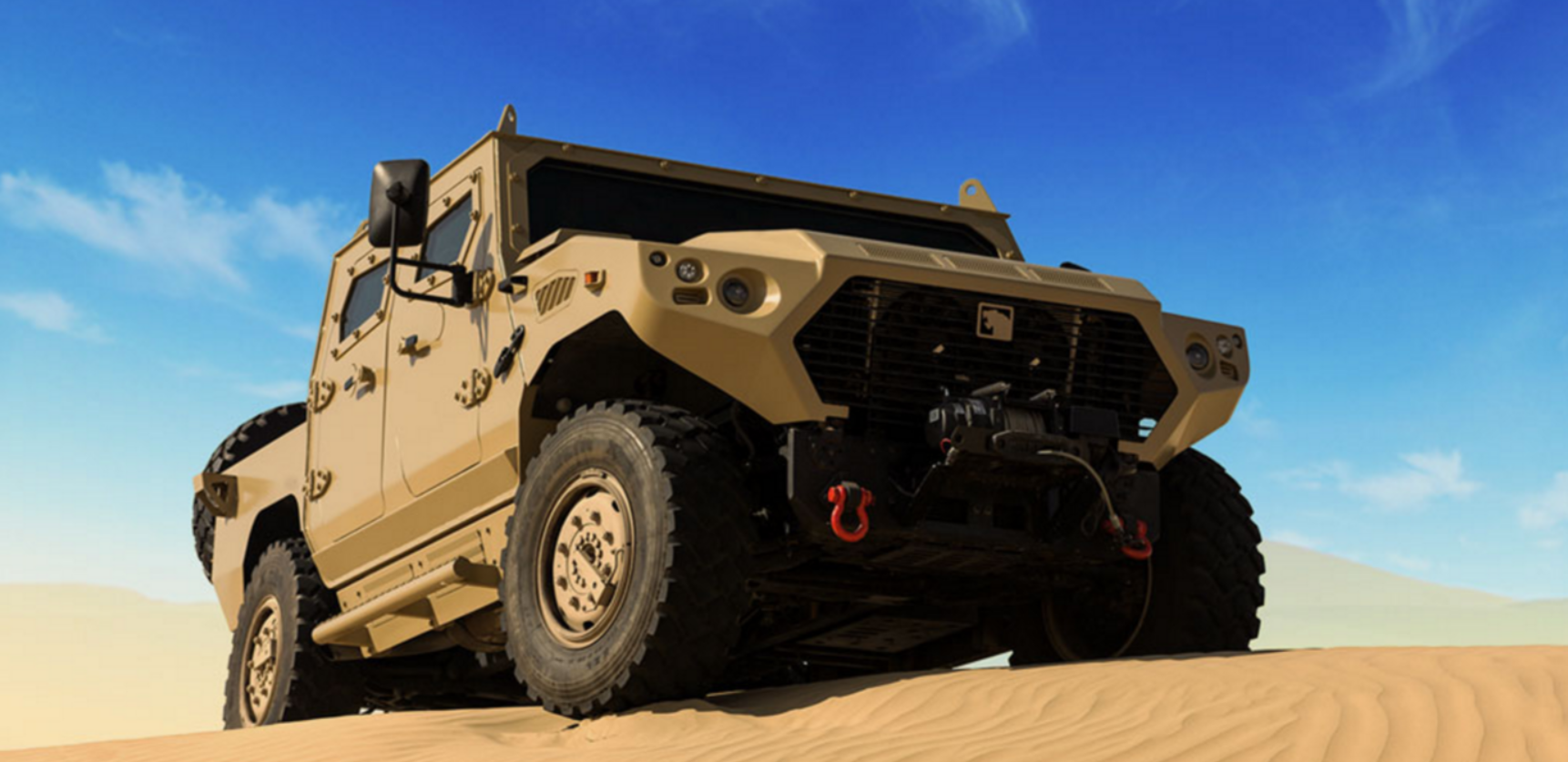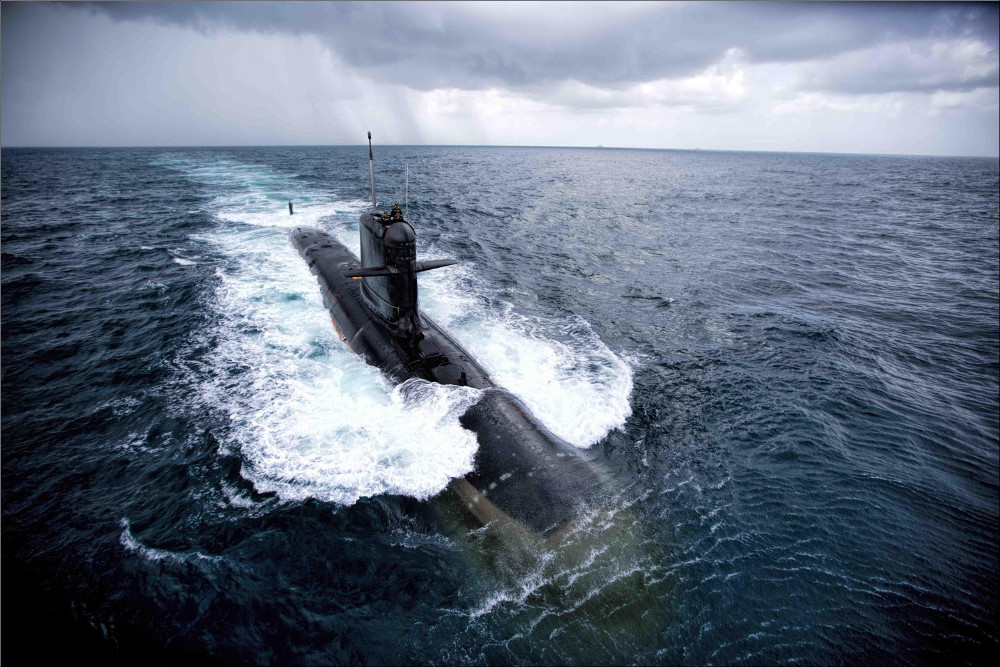2772Views 13Comments

Jordan has put up 15 F-16A/B MLU for sale (to Pakistan?)
The Royal Jordanian Air Force (RJAF) has listed 14 F-16A and 1 F-16B Block-15 (i.e. Pratt and Whitney powered) Mid-Life Update (MLU) fighters for sale on its official website. The F-16s are listed in serviceable condition, i.e. they are fly-worthy.
Comment and Analysis
In 2014, Jordan sold 13 (or 14) F-16A/B Block-15 Air Defence Fighter (ADF) units to the Pakistan Air Force (PAF). The RJAF F-16s for sale this time are not ADF units, but complete MLU types, i.e. they are equipped with the same subsystems (e.g. Joint Helmet Mounted Cueing System, Link-16, AN/APG-68v9 radar etc) as the MLU F-16s in service with the PAF.
This is a clear indication that the RJAF is shedding its F-16 fleet, but its force objectives are not known. It is no secret that Jordan is strongly emphasizing its counterinsurgency (COIN) capability growth; it has worked with Orbital ATK, an American company, to modify the CN-235 into a gunship akin to the AC-130 Spectre and operates AT-802-based COIN attackers, such as the IOMAX Archangel.
The emphasis on COIN is quite strong, but this does not preclude Jordan from acquiring a new lightweight fighter, such as the Saab JAS-39 Gripen, in the future. Of the so-called 4+ or 4.5 generation Western fighters available, the JAS-39E/F Gripen would be among the more affordable platforms, be it in terms of upfront acquisition or long-term support and maintenance costs.
As for the customer of these RJAF F-16s. Given that Turkish Aerospace Industries (TAI) is currently in talks with the PAF to upgrade 74 F-16s, which TAI says will include the PAF’s existing and 14 F-16s from Jordan, it is possible that the customer of this RJAF batch will be Pakistan.
If one accounts for the 15 RJAF F-16A/Bs for sale, then the PAF would have around 74 F-16A/Bs, which is in line with what TAI is expecting to upgrade (the projected implementation cost is $100 million U.S., which is similar to what Pakistan paid for upgrading its F-16s at TAI earlier). Should TAI succeed in securing the F-16 upgrade contract, it would mark another major transaction between Islamabad and Ankara, which have become quite common in recent months (with the recent ASELPOD and Agosta 90 upgrade deals).
The contents of this upgrade have yet to be determined or disclosed. The RJAF F-16s currently for sale have already gone through the MLU, thus it is unclear exactly what the PAF and TAI could be discussing.
After the MLU, the only upgrade sanctioned by Lockheed Martin is the F-16V. Currently, the F-16V does not appear to include a structural life-extension program (SLEP) for extending the F-16A/B’s airframe beyond its 8000 hour life. The F-16V is centered on the AN/APG-83 active-electronically scanned array (AESA) radar, but also includes a revamped cockpit and compatibility with new air-to-air and air-to-surface munitions.
Based on Taiwan’s F-16V program, such a program would cost at least $12.7 million U.S. a unit, which would amount to at minimum a billion dollars (for the upgrade kit and implementation) for the entire F-16A/B fleet. For the PAF, the F-16V-upgrade would be the most cost-effective Western option with modern subsystems (e.g. AESA radars) currently on the market. It will be worth seeing if the PAF tries opting for this route, though it should expect some difficulty considering America’s reluctance to readily release sensitive technology to Pakistan. The lack of a Lockheed Martin-defined SLEP for the F-16A/B would also be a factor, there is little point in upgrading the fighter if it has limited life.
Pakistan has stepped away from procuring new-built F-16C/Ds, and as a result, it is exploring used airframes – such as F-16A/Bs from Jordan – as a means to help fulfill its operational needs for the short and medium-terms. From a technology and cost-feasibility perspective, this is not a bad strategy; used F-16s can be bought cheaply.
That said, it is unlikely that this route a long-term solution, even the F-16V is at heart a stopgap measure ahead of South Korea and Taiwan’s respective next-generation fighter aspirations. The F-16 platform is in its final chapter. This will be true for Pakistan as well, especially considering its ties with Washington are anything but tenuous and prone to inconsistency.
Additional Thoughts
As for Jordan and its apparent desire to downsize its fighter fleet, its ultimate force objectives have yet to be determined. That said, it must be noted that Amman does not maintain any notable territorial disputes with other states in the region. Counterinsurgency (COIN) is its primary focus, especially with the presence of ISIS in neighbouring Syria and Iraq.
In practical terms, the Jordanian military is reducing its emphasis on conventional warfighting (i.e. state versus state), and increasing its focus on low-intensity systems such as lightweight attackers (e.g. IOMAX Archangel). These systems are of no use against states, but with precision-strike capability and comparatively lower operating costs, they are perceived as ideal for use against non-state actors.
When it comes to major operations along the borders or in neighbouring territories, the Jordanian forces will operate through multi-national coalitions, particularly under the U.S. While its future fighter plans are not verifiably known (e.g. Sputnik News reported that Jordan was interested in the Sukhoi Su-34), Jordan has been slotted by Turkish Aerospace Industries as a prospective customer for its T-129 attack helicopter. The acquisition of the T-129 would align with its COIN focus (whilst also replace its ageing AH-1F Cobras).



13 Comments
by AhmAd IbrAhim
What modifications does V upgrade offer to F16 beside AESA?
And should we expect IRST pod like Legion pod or Sniper pod is just fine for passive detection ?
by Bilal Khan - Quwa
Upgraded cockpit and new weapon configurations, though the latter might not matter much to the PAF.
Legion IRST is not available for export, and even the AN/APG-83 is a long shot to be honest. For all we know, the PAF could just be looking for SLEP.
by SP
A manufacturer of aircrafts (PAF) wants to buy an aircraft designed around 50 years ago, while it itself wants other countries to buy its own aircraft. This clearly demonstrates to the world that its aircraft is inferior to the second aircraft produced by another country. The manufacturer does not have confidence in its own product and expects the rest of the world to buy it. In exceptional circumstanced it may be necessary like war or no other alternative available or if it provided a great jump in technology but when you can produce a product in house with pretty much similar capability then it makes no sense to waste resources on an aircraft with limited airframe life and with limited technology. Better to spend money on Jf-17 or to buy a next generation aircraft off the shelf.
by bill
Sir, sorry to say that we comment without getting any knowledge the F16 for Paf is a first tier Air defense asset, meanwhile JF17 is a light multirole fighter which is being used in compensatory role/support role. Both Fighters have different purposes. Having said that roles of fighters change not only as per their capabilities but also as per national requirements. In case of Nigeria and Mayanmar (Potential customer) role of JF17 shall be different. As it can fulfuill both their fighter and bomber requirements. Paf never ever claimed that JF17 is better than F16 however may be comparable in some capabilities.
On the other hand in near future as expected if JF17 block III acquires next gen capabilities like AESA radar, IRST along with capable EW suite than it shall become first tier Air defense platform. However it is truth that in case of Indo/Pak scenario or for any other long range assignment PAF shall have to acquire any heavy platform either 4.5th gen or 5th Gen when ready.
by bill
Sir,
Can PAF acquire any IRST and AESA radar for F16s other than USA, as political conditions may become better if Hilary comes in power to at least provide PAF required permissions to integrate Italian/EU gadgets. Pleas indicate alternates to AN/APG83 and Legion IRST.
by Bilal Khan - Quwa
Getting U.S. approval is difficult enough, but even then, if the PAF goes for a third party source, it may be liable for higher than acceptable long-term support costs.
by SP
F-16 is a multirole fighter and JF-17 is a multirole fighter. Therefore both serve the same purpose. If both are comparable and with AESA, IRST and capable EW Jf-17 can make F-16 obsolete then why waste money on secondhand F-16, and instead it would be better to spend that money on JF-17 to give it the additional capability which would be repaid by increased export sales, and saving of foreign exchange.
by Bilal Khan - Quwa
It’s an issue of time as well. The integration of an AESA radar, new ECM/EW suite, and potentially IRST isn’t simple. The PAF already has the challenge of finding suitable vendors and exacting a fair(er) price, factor in the work to ensure the JF-17’s weight isn’t compromised and that the sensors and electronics fuse as well as possible, this Block-III isn’t coming for a few years. The F-16V, if attainable (big ‘IF’), has already gone through those pains.
by SP
US is not prepared to sell the upgraded version of F-16, therefore Pakistan has no choice to upgrade the JF-17 irrespective of the time it takes. With additional funding being diverted to JF-17 instead of secondhand F-16 the time required can be reduced. China has made far more capable planes than JF-17 and has the ability to integrate all these systems if PAF is prepared to pay and is committed to the upgrades.
by Bilal Khan - Quwa
Let’s see how the F-16 purchases actually pine out. If these birds are coming for cheap (including SLEP), then they wouldn’t be a bad means to help phase out the F-7s. Even with the money, the JF-17 Block-III is still a post-2019 factor (if looking at gsubsyste selection, integration and clearance).
by Nate
Being an F-16, running US engines, US has final say on who gets to buy it (even second hand) who gets to have it maintained, which upgrades can go in it, which radar can go in it, etc.
You can buck any one of these, at which point US DOD simply says good luck flying it with zero support and no more spare parts supplied. So, theoretically, you can stick any AESA radars into it, but practically, it’ll have to have US approval, and realistically, if they do approve it, it’ll be so a US defence company can make sales…
by Bilal Khan - Quwa
Indeed. Even if the PAF manages to get the AN/APG-83, rest assured the U.S. will have Pakistan erect giant walls (literal and figurative) to ensure that the technology isn’t exposed to the Chinese and potentially even some European companies (the SABR is a superb kit in terms of affordability, technology and performance).
by Sami Shahid
Jordanian F-16 is a nice option…..but what will Pakistan do when it will need all new F-16’s ? Pakistan should look for J-10’s